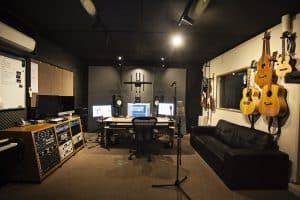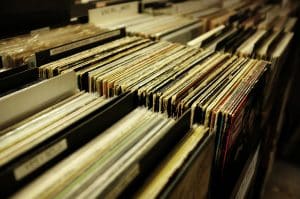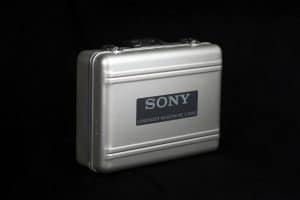Recording Studio Audiobook Projects
Long audiobooks are tricky things to get right in the recording studio. We are learning different techniques to make the process more efficient for our recording studio, Crash Symphony Productions. These include using a noise gate on the way in to the computer, compressing to disk, controlling harsh esses either by mic placement or be hardware de-esser. Let’s take a look at these points in more detail.
Recording studio Noise Gate
We do a lot of vocal recording in our recording studio. When it’s a short ad it’s easy to strip away the silence and make the ad sound really super clean. However, when you’re dealing with hours and hours of audio that has been recorded it’s not so cost efficient. To achieve high quality results we’ve had to implement a hardware noise gate. In our recording studio we use the Drawmer DS501. This is arguably the king of noise gates across all recording studio gating apparatus. By setting the gate correctly we can take out any rustling and unwanted noise that creeps into a recording whilst the narrator is being recorded. This saves a lot of time as we do not need to strip the silence from the audio after it has been tracked in the recording studio.
Recording Studio Desser
The sound of an audiobook is fairly compressed. We have the option of doing this via a plugin after the audio has been recorded but this audio will increase our bounce time. In audiobooks there’s a lot of bouncing that is required. By compressing well to disk we can skip this step and get the controlled sound that we need on an audiobook. The de-esser is another key tool that we can implement into the signal chain that will make the voice sound more controlled. These are all key elements that help in the tracking of audiobooks in our recording studio.
Recording Studio Microphone placement
The frequencies that are captured on a recording are largely dependent on the placement of the microphone relative to the sound source. For example, when a microphone is placed at a negative elevation to the vocalists mouth, the sssss sounds become more harsh. This is because the ssssss is created by the high velocity air rushing past the tip of the tongue on the top of the oral palate. The high frequency sound is reflected down towards the microphone. By raising the microphone this reduces the volume of the ssssss. in recording studio terminology we call this “Sibilance”.
So Why Do we Use all the methods?
These methods of treating the sound to disk mean that we don’t need to use so many digital processes once the audio has been recorded. This drastically reduces the time it takes to bounce down audio files. Ultimately, we achieve a higher turn around on the product, high quality for the audio, and the project is economical for the client and us at the recording studio.
These are just a few of the methods that we use to keep our turn around times high and our quality high when working on very long projects like audiobooks.
To learn more please visit our website at Crashsymphony.com.au




